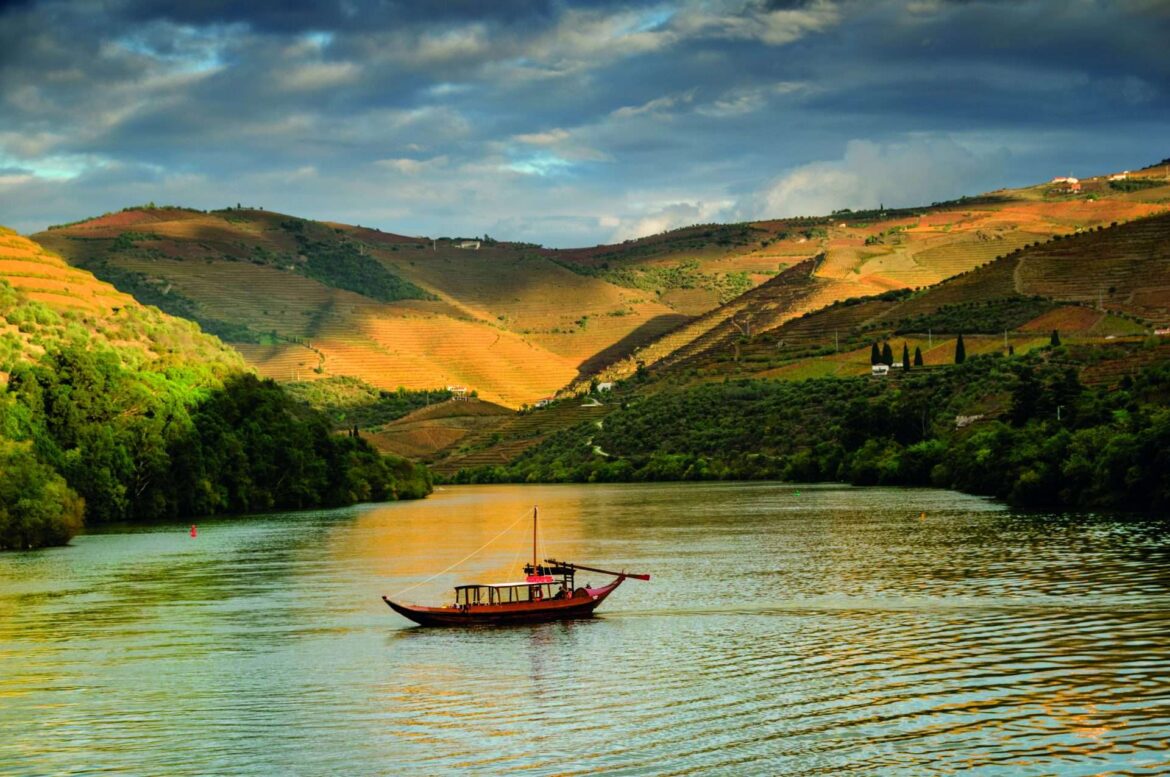As Portugal becomes a more fashionable holiday location, there is also increasing interest in the country’s wine, Luisa Amorim, CEO of Amorim Family Estates, tells Drinks Retailing ahead of her masterclass at 67 Pall Mall.
This, she explains, is especially true among younger consumers, who she describes as more open-minded, though it applies more generally as well.
“Portugal is finding a good moment to promote the wines because many people are going [to the country] and with this, they taste more wines. It opens the door to talk about the regions and the grapes. This makes it a good education moment,” she explains.
With growing interest in travel, it also becomes easier to help consumers understand the range of wine regions within the small country, of which there are 14 recognised.
Since most Portuguese wines – especially those from Amorim Family Estates – are designed to be enjoyed with food, increased travel also allows customers to appreciate them in their gastronomic context.
Regional diversity
For Amorim, who owns vineyards and wineries across three regions – the Douro, Dão and Alentejo – the diversity of the small country is central to her message. Equally important is celebrating the grapes native to each region.
“When you talk about wine you are also talking about the territory,” Amorim says. “When I’m thinking about Alentejo, for example, I’m thinking about Alentejo traditions, whether food, people, or ancient culture in agriculture and winemaking.
“Or, when I’m in Dão, I’m thinking about the fact that I’m in the middle of five mountains and there is high gravity and high altitude. That means another approach.”
The differences, Amorim notes, are something to celebrate, and an interesting way to measure how much terroir impacts flavour. The native red grape Touriga Nacional, for example, expresses itself completely differently in the Douro versus Dão. “In Dão it’s much more elegant, but if you go to the Douro, it’s more energetic.”
Each region also has varieties that work best for them. Later, talking a crowd through wines from each vineyard, Amorim notes that they like to use Tinta Grossa in Alentejo, for instance, because it originates there. Similarly, in Dão, they opt for Encruzado, a white grape characterised by its mineral notes, which is native to the region.
For this reason, Amorim explains, “we don’t use any international grapes,” as the focus on Portuguese identity and expression is so important.
Harvest
Turning to this year’s harvest, Amorim explains that each region is harvested at different times. “In Alentejo it’s stopped already. It stopped in the beginning of September and there was a very low quantity unfortunately, but very good quality.”
In contrast, “in the Douro we haven’t finished yet. We are around 70% done, but we had a little bit of rain, so we had to stop and we are restarting again.”
On the outcome of the Douro harvest, “we’re quite happy so far,” Amorim says, “but there were also very small quantities.”
The only region that she expects to fully deliver on quantity, she continues, is Dão. “I think more or less it will be the same quantity. This is because the development of the grapes and plants there is a little bit later than the others, so they were not affected so much in the times of June and May.”
Despite the lack of volume, Amorim is positive about the harvest across all three regions, each of which is expected to produce high-quality wines that represent their provenance.
Overall, it is a changing time for Portuguese wines – and a good time for Amorim Family Estates, which is creating some truly elegant bottles. Portugal remains a country to watch, both as a mini-break destination and as an evolving wine nation.


Dining and Cooking